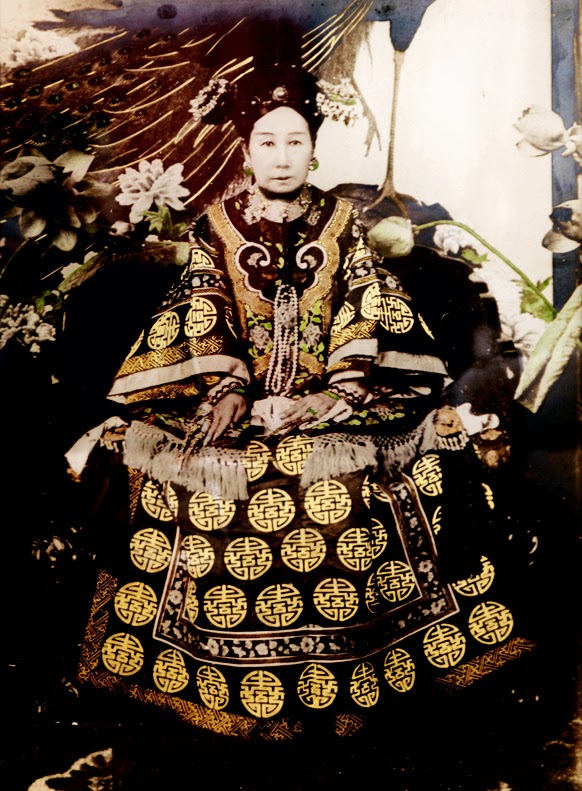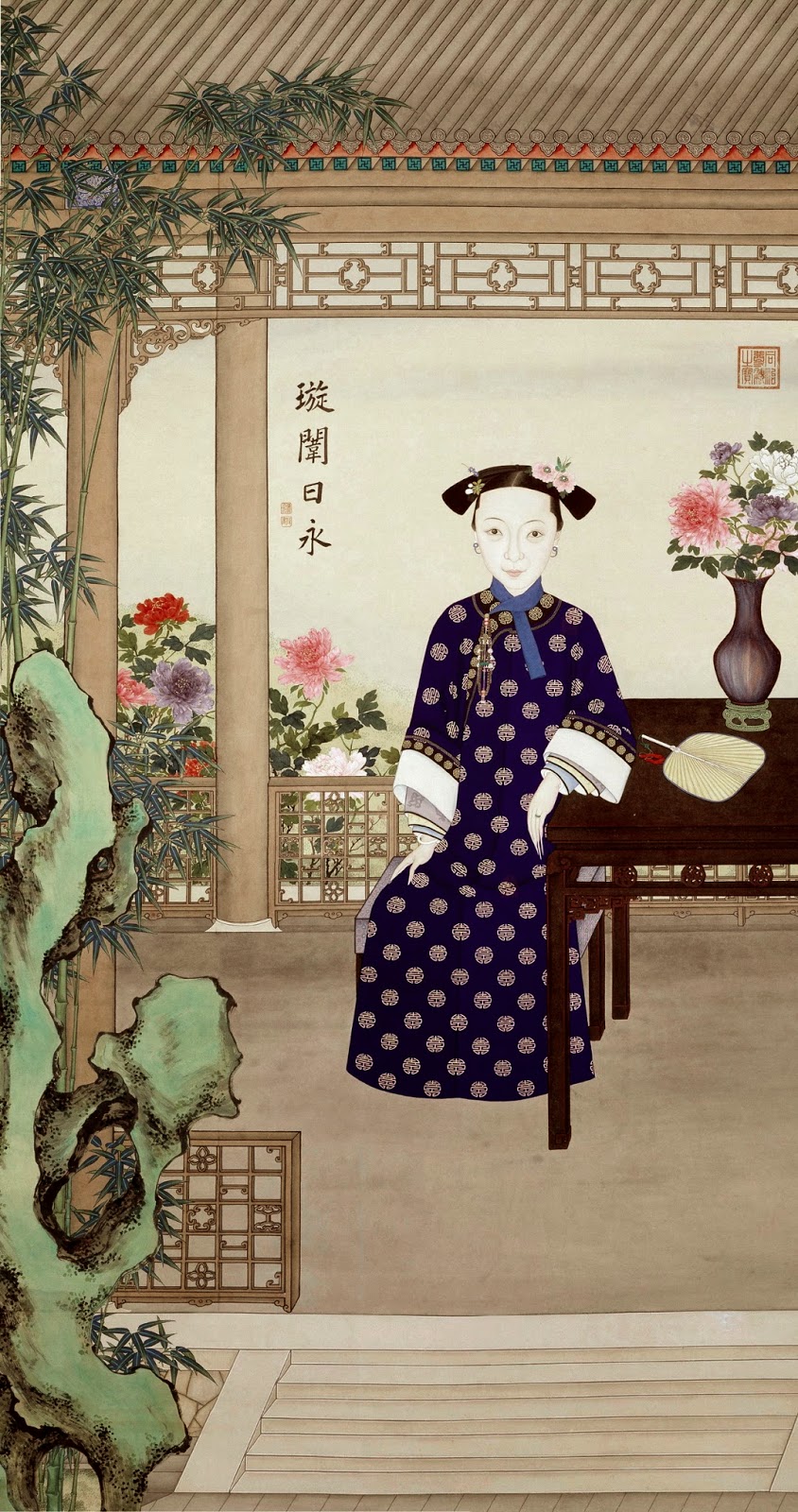Sea and Sky
August 10-15, 2014
Belfast, ME
August 10-15, 2014
Belfast, ME
 |
| Ocean, woods, sea, sky, hiking, birds, sea creatures, waves… what’s not to like about painting in Maine? |
As regular readers know, I had a fantastic summer teaching in Maine in 2013, which was followed up with a cancer diagnosis that shook my world. This—combined with my manager quitting the industry to go live in a yurt—put my 2014 workshop schedule in limbo.
 |
| Drawing at Owl’s Head last summer. |
I’m very picky about venues. From the folksy Great Camp ambience of the Irondequoit Inn to the elegant, gourmet experience at Lakewatch Manor, the last few years have been utterly fantastic. And I wasn’t going to settle for less. So I booted around and inquired of my friends in mid-coast Maine about inns, rental properties, etc.
The answer, when it came, was one of those “oh, duh, why didn’t I think of that?” experiences. I’ve got friends who stay at the Fireside Inn in Belfast every time they’re in mid-coast Maine, and they rave about it. All the rooms face Penobscot Bay, so when you’re not painting with me, you can paint from the balcony of your hotel room. And this locale is close enough to Lincolnville that we can scoot over there to the ferry to Isleboro for an island painting experience.
 |
| All kinds of boats in the harbor. |
Belfast is one of my favorite places, not only because it has a beautiful harbor and an ambiance all its own, but because I love the little restaurant in the Belfast Co-op. You crustacean-eaters will love Young’s Lobster Pound. We will have no shortage of good eatin’ on this trip, I promise you.
 |
| The view from the Fireside Inn… isn’t this absurdly lovely? |
In addition to easy access to painting locations, the Fireside Inn is close to many of Maine’s most picturesque coastal villages and harbors, along with Acadia National Park and the Penobscot Narrows Bridge Observatory. Nearby Sear’s Island is home to over 160 species of birds. Kayak or take a sailing trip. Dining, shopping and gallery-hopping opportunities are unparalleled.
I think the rates are great too:
Single accommodations, double-queen room: $803.25* plus $300 instruction fee.
Shared accommodation, double-queen room: $401.63* plus $300 instruction fee.
Instruction only, no accommodation: $300.
*Room rental is subject to 8% Maine state sales tax.
 |
| One of Camden’s schooners, which we saw while painting in 2013. |
The Belfast Fireside Inn lets two adults and up to three kids stay in a room (each with their own breakfast) at the same rate. So if your significant other wants to come and sit on the terrace and play his euphonium all day, that’s all just fine.
You can add the following:
· Non-painting partner accommodations at no charge.
· Room upgrades.
· Private portfolio critique.
· Extended stay to tour galleries and museums.
· Room upgrades.
· Private portfolio critique.
· Extended stay to tour galleries and museums.
When I say “space is limited,” I’m not pulling your chain. Hotel rooms in mid-coast Maine in August are at a premium. I reserved eight on my credit card; I had three commitments to the workshop by dinnertime. And this is the only time I’ll be teaching during summer of 2014. If you’re interested, you really should get in touch with me sooner than later.
For more information, call or text me at 585-201-1558, or email [email protected].





























